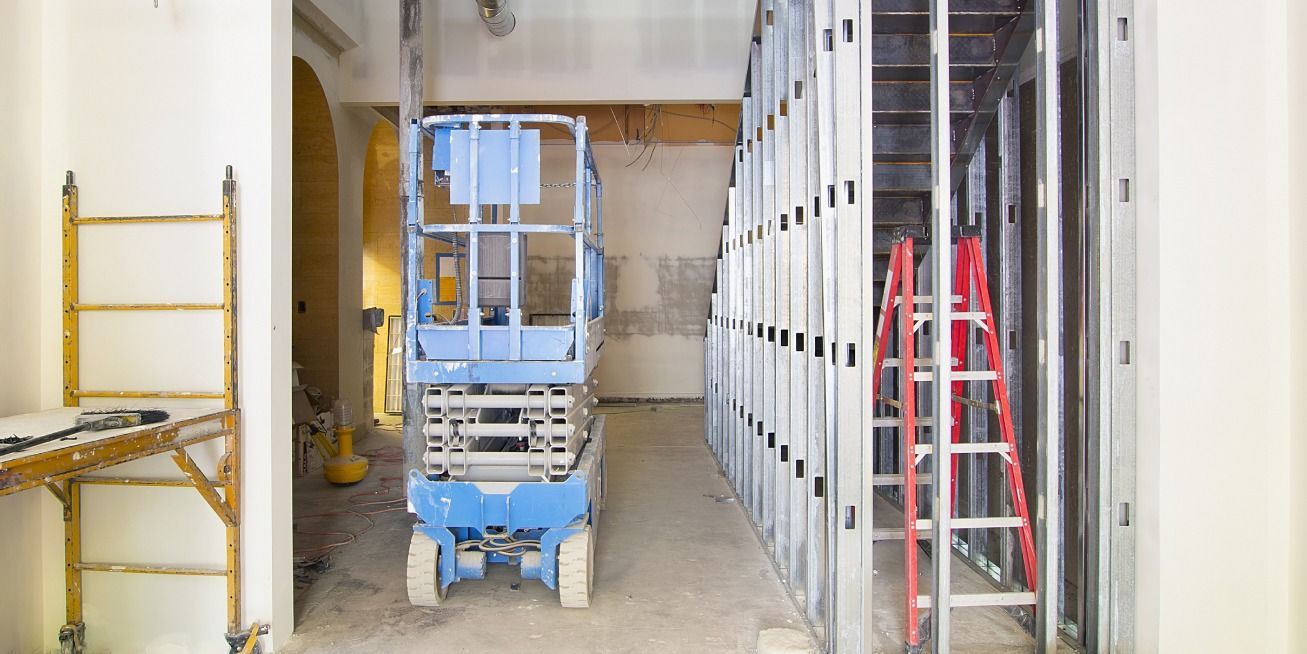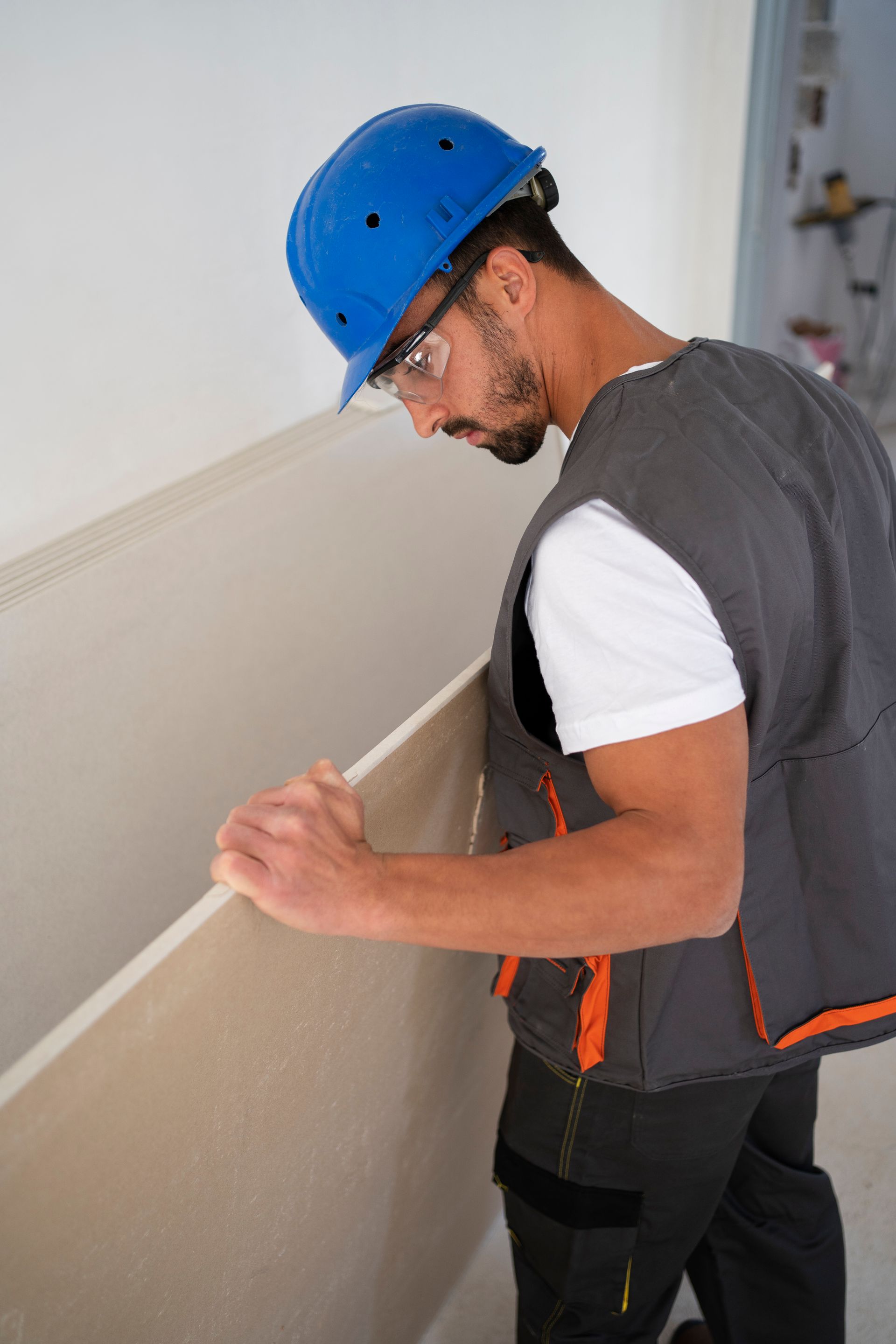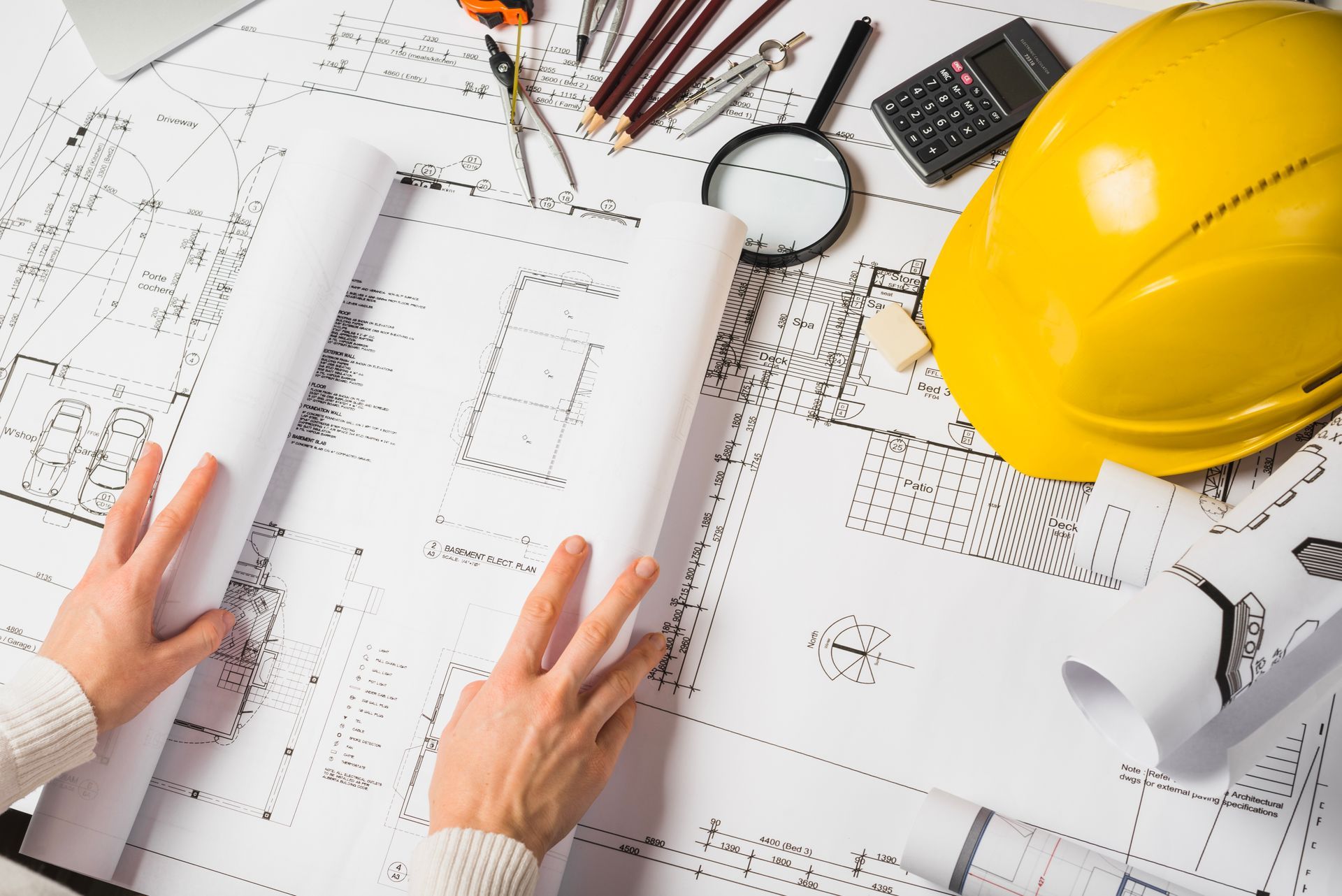Call Us
Call Us

Drywall in High-Humidity Areas: What You Need to Know Before Installation
Installing drywall in places like bathrooms, kitchens, or basements presents unique challenges due to the high moisture levels found in these spaces. Standard drywall can quickly deteriorate when exposed to humidity, leading to mold growth, warping, and costly repairs.
The best way to install drywall in high-humidity areas is to use moisture-resistant drywall (like green board or purple board), apply proper moisture barriers, ensure adequate ventilation, and use mold-resistant joint compounds and paints. This combination of specialized materials and techniques creates a system that can withstand moisture challenges.
Before you start your next humid-area drywall project, it's worth understanding the specific materials and methods that will ensure a lasting installation. This guide covers everything you need to know about selecting the right drywall type, proper installation techniques, and maintenance tips for high-moisture environments.
Types of Moisture-Resistant Drywall
Green Board
Green board is a type of drywall specifically designed for areas with moderate moisture exposure. It features a water-resistant green paper facing with a water-repellent core.
- Best for: Bathroom walls (not shower surrounds), kitchen backsplashes, laundry rooms
- Cost: 20-30% more than standard drywall
- Limitations: Not completely waterproof; not suitable for areas with direct water contact
Purple Board
Purple board offers enhanced moisture and mold resistance compared to green board. Its paper facing contains antimicrobial additives that help prevent mold growth.
- Best for: Bathrooms, basements, and areas prone to high humidity
- Cost: 30-40% more than standard drywall
- Benefits: Superior mold resistance, more durable than green board
Cement Board
Cement board is a non-paper-faced panel made from cement and reinforcing fibers. It's completely resistant to water damage and mold growth.
- Best for: Shower surrounds, tub enclosures, areas with direct water contact
- Cost: 2-3 times more than standard drywall
- Installation: Requires special cutting tools and fasteners
Paperless Drywall
This innovative option replaces paper facing with fiberglass mats, eliminating the organic material that mold feeds on.
- Best for: Areas with extreme humidity concerns
- Cost: 40-50% more than standard drywall
- Benefits: Excellent mold resistance, good durability
Proper Installation Techniques for Humid Areas
Preparing the Space
Proper preparation is crucial for successful drywall installation in humid environments:
- Address moisture sources - Fix any leaks, condensation issues, or water intrusion problems
- Install vapor barriers - Apply 6-mil polyethylene sheeting on exterior walls
- Allow for air circulation - Ensure adequate space between drywall and exterior walls
- Check ventilation - Verify that exhaust fans, vents, and air conditioning systems are working properly
Installation Best Practices
Proper installation techniques help maximize the moisture resistance of your drywall system:
- Leave a gap - Keep drywall ¼ inch above floors to prevent wicking
- Use corrosion-resistant fasteners - Choose galvanized or stainless steel screws
- Apply mold-resistant joint compound - Standard compounds can promote mold growth
- Seal all seams thoroughly - Pay special attention to corners and edges
- Maintain minimum ½-inch gap between drywall and shower/tub surrounds
Sealing and Finishing
The finishing process is where many moisture-related problems can be prevented:
- Apply mold-resistant primer before painting
- Use moisture-resistant paint with antimicrobial additives
- Seal all cut edges with water-resistant caulk
- Install proper tile backing for tiled areas
- Consider waterproof membranes for extremely wet areas
Common Mistakes to Avoid
Using Standard Drywall
Regular drywall quickly deteriorates in humid conditions. Always use moisture-resistant options in bathrooms, kitchens, and basements.
Skipping Vapor Barriers
Moisture can penetrate through walls and condense inside them. Vapor barriers prevent this migration and protect your drywall from hidden moisture.
Improper Ventilation
Without adequate airflow, even moisture-resistant drywall can develop mold. Ensure all humid spaces have proper ventilation systems.
Using Regular Joint Compound
Standard joint compounds contain organic materials that feed mold. Always use mold-resistant compounds in humid areas.
Neglecting Proper Sealing
Unsealed edges and seams allow moisture to penetrate. Take time to properly seal all potential entry points for moisture.
Maintenance Tips for Longevity
Regular Inspections
Check for early signs of moisture problems:
- Discoloration
- Soft spots
- Bulging or warping
- Visible mold or mildew
Controlling Humidity
Use these strategies to manage moisture levels:
- Run exhaust fans during and after showers
- Use dehumidifiers in basements
- Maintain consistent temperature
- Fix leaks promptly
Cleaning and Prevention
Regular maintenance helps extend drywall life:
- Clean walls with mild antimicrobial cleaners
- Apply mold-inhibiting primers when repainting
- Keep air circulating with fans or HVAC systems
- Clear gutters and downspouts to prevent water intrusion
When to Call a Professional
While many drywall projects can be DIY successes, some situations call for professional expertise:
- Complex bathroom renovations
- Areas with serious water damage
- Mold remediation needs
- Projects requiring special waterproofing
- Large-scale basement finishing
Professional contractors bring specialized knowledge about local building codes, moisture management techniques, and high-performance materials that ensure lasting results in challenging environments.
Cost Considerations
Project costs vary based on several factors. Here's what you can expect to pay for different drywall options:
Regular drywall is the least expensive at $10-15 per 4'x8' sheet, but it's not suitable for humid areas.
Green board costs about $15-20 per sheet, making it 20-30% more expensive than standard drywall but a good option for moderately humid spaces.
Purple board runs $18-25 per sheet and offers better mold protection than green board.
Paperless drywall costs $25-30 per sheet and provides excellent moisture resistance without paper facing.
Cement board is the most expensive at $30-40 per sheet, but it's completely waterproof and ideal for shower surrounds.
Additional costs to consider include moisture barriers ($0.50-$1 per square foot), mold-resistant joint compound (25-30% more than standard), corrosion-resistant fasteners (2-3 times the cost of standard screws), and special cutting tools for cement board ($30-100).
Ready for Your High-Humidity Drywall Project?
Don't let moisture concerns stop your renovation plans! With the right materials and techniques, you can create beautiful, durable walls even in the most challenging environments.
For professional-quality results that stand the test of time, trust the experts at VX2 Contracting. Our team specializes in moisture-resistant drywall installation for bathrooms, kitchens, basements, and more throughout South Central PA including Harrisburg, Hershey, Gettysburg, Lancaster, York, Reading, and Chambersburg.
Contact VX2 Contracting today for a free consultation and discover how our expertise in drywall, framing, steel studs, acoustic ceilings, and bathroom and kitchen remodeling can transform your space into something both beautiful and built to last.
You might also like
OUR SERVICES
All Rights Reserved | LocalEyes


